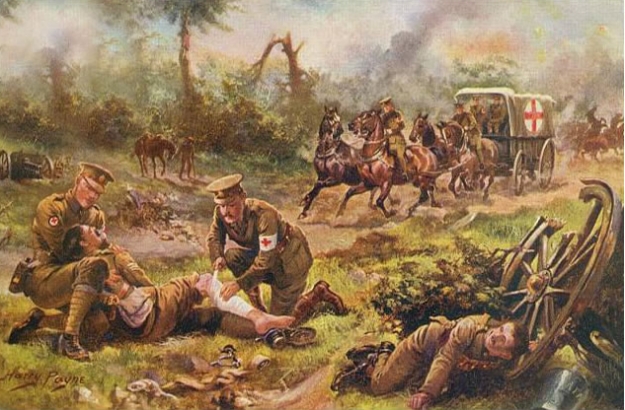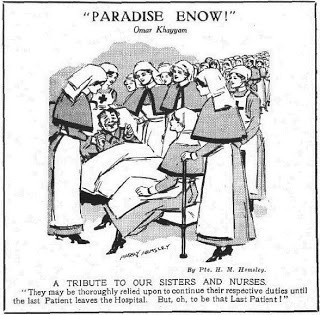 I met the Great Train Robber Bruce Reynolds, who died in his sleep this morning at the age of 81, a couple of years ago. I had written a novel about the robbery called Signal Red and he had gone through the manuscript and had a ‘few corrections’. I suggested we meet at the Groucho Club and we had a four-hour lunch (he was on spritzers, I was on red wine). He was very generous about the novel but suggested I tone down the ‘heavier’ side of Charlie Wilson’s character (he insisted he was hilarious, which I am sure he was.. to his friends) and agreeing that I had pretty much nailed Roy James, the racing and getaway driver. He was also quite happy with my portrayal of him. ‘Although it seems all that happened to a different person now,’ he said. ‘I suppose I was a bit of a fantasist.’
I met the Great Train Robber Bruce Reynolds, who died in his sleep this morning at the age of 81, a couple of years ago. I had written a novel about the robbery called Signal Red and he had gone through the manuscript and had a ‘few corrections’. I suggested we meet at the Groucho Club and we had a four-hour lunch (he was on spritzers, I was on red wine). He was very generous about the novel but suggested I tone down the ‘heavier’ side of Charlie Wilson’s character (he insisted he was hilarious, which I am sure he was.. to his friends) and agreeing that I had pretty much nailed Roy James, the racing and getaway driver. He was also quite happy with my portrayal of him. ‘Although it seems all that happened to a different person now,’ he said. ‘I suppose I was a bit of a fantasist.’
As we were leaving the club a statuesque blonde burst through the doors – small diamond choker round her neck, tiny black dress and a cleavage that would put Jordan to shame. As she cruised by Bruce whispered in my ear: ‘They’re not real’. What? I asked. Her breasts? ‘Naaah,’ he replied. ‘The diamonds.’
Monthly Archives: February 2013
SHERLOCK IN THE DOCK

A few years back I bought a hugely entertaining collection of stories ‘Inspired by the Holmes Canon’ called A Study in Sherlock. It contained tales by Lee Child, Charles Todd and Neil Gaiman and was edited by Laurie R King and Leslie S. Klinger (the man behind the indispensable New Annotated Sherlock Holmes). What I didn’t know at the time was that the Conan Doyle Estate had threatened to block the book unless a fee was paid, which it duly was. Now, in the USA some of the stories in the final collection, The Case-Book of Sherlock Holmes, are still in copyright, thanks to an extension to copyright law there some years back (in the UK the entire canon is in the public domain), but Leslie Klinger – who is also a lawyer – was certain this did not mean the characters were protected. The ACD Estate begged to differ.
When Laurie R King and Leslie Klinger decided to produce a sequel to A Study in Sherlock (In the Company of Sherlock Holmes, with Val McDermid, Sara Paretsky, Jeffery Deaver, Michael Connelly and others contributing), their publishers received a letter from the ACD estate, threatening to block distribution to certain outlets unless, again, a fee was paid. This time Leslie Klinger decided to draw a line in the sand – last week he filed a civil action in Illinois against the Conan Doyle Estate to establish once and for all whether the characters are protected, and payment due, or if Holmes and Watson are in the public domain. Klinger says: “This isn’t the first time the Estate has put pressure on creators. It is the first time anyone has stood up to them. In the past, many simply couldn’t afford to fight or to wait for approval, and have given in and paid off the Estate for ‘permission.’ I’m asking the Court to put a permanent stop to this kind of bullying. Holmes and Watson belong to the world, not to some distant relatives of Arthur Conan Doyle.”
If nothing else, legal clarification to those of us paying royalties to one or other of the various claimants to Holmes & Watson would be most welcome and Klinger deserves our support. You can read more on http://www.free-sherlock.com.
A review from Kirkus
The action moves from England to northern France in Robert Ryan’s Dead Man’s Land. It’s 1918, and Dr. John H. Watson—following an emotional split from Sherlock Holmes—has been commissioned as a
major with the Royal Army Medical Corps. Though now in his mid-60s, he’s been dispatched to the deadly front lines as “an expert in the new techniques of blood transfusion.” In the face of persistent shellings and unrelenting carnage, Watson feels satisfaction in helping the war effort. Yet it’s his skills as a sleuth as much as a surgeon that come in handy here.

After a British soldier perishes from a bizarre ailment that turns his skin blue and his hands into claws, Watson’s transfusion techniques fall under suspicion. He’s convinced, though, that another explanation exists. So when a similar death does occur, Watson starts digging into the victims’ history, looking for connections between them. He’s aided in this effort by a volunteer nurse with the Red Cross, the resourceful Georgina Gregson, whose past clashes with the law may make her an unreliable ally. As the violence of war swirls about their heads, and snipers keep a lethal vigil in the bleak no-man’s-land between opposing armies, Watson pursues a murderer with old grudges and no compunction against adding Holmes’ onetime chronicler to the count of battlefront casualties.
Author Ryan’s depiction of combat-zone privations and the peculiar society of the trenches radiates with authenticity, and his portrayal of Dr. Watson is sufficiently faithful to have won Dead Man’s Land the authorization of Sir Arthur Conan Doyle’s estate. I understand a sequel is already in the pipeline. Perhaps by then, this UK release will have found a U.S. publisher. Fortunately, it’s easily available now from online sources.
J. Kingston Pierce is both the editor of The Rap Sheet and the senior editor of January Magazine.
One Critic I Definitely Had To Please
This is from Sue Light’s excellent blog which gave me lots of background to the medical situation in WW1. See http://greatwarnurses.blogspot.co.uk/.

“I’m a great reader of crime fiction, often to the exclusion of doing other, more important things. On the whole I stick to British authors, like complex plots, skip over too much gratuitous violence, and prefer to arrive at the end actually understanding what’s gone on in the middle. So about eighteen months ago I was intrigued and rather flattered to be asked by Robert Ryan if we could meet up to discuss a new book he was working on (these days a bit of flattery is so very welcome). He intended to include ‘some plucky VADs’ and wanted to make sure that they would be appearing all present and correct.
Over the next months I was kept up to date with the progress of the book and then asked to check the first draft to see how the VADs were doing. Anyone who has read this blog on a regular basis will know that of all the bees that float around my bonnet, the indiscriminate placement of VADs in Casualty Clearing Stations on the Western Front is the one that stings hardest, and in this book their inclusion in very forward areas was going to be essential to the plot. If I have learned one lesson from the exercise, it’s this. If you’re a writer of fiction and make fundamental errors because of inadequate research and blissful ignorance, the wrath of pedants will be unleashed upon you. On the other hand, if you include factual inaccuracies and weave them in an intelligent way, in full knowledge of your sins, you will always be forgiven (fingers crossed).
Dead Man’s Land was published at the beginning of this month with the full approval of the Conan Doyle estate. It follows Dr. John Watson’s travels around the Western Front during the Great War, and where Dr. Watson goes, death and intrigue are right on his heels. By most estimations he must be getting on a bit in age, but his physical limitations are highlighted, not glossed over, and his place as an elderly medical practitioner in wartime never seems extraordinary. The military setting is sound, and the depiction of hospitals and casualty clearing stations in wartime is thorough. The VADs are skilfully introduced into a place where they would never actually have been, with the difficulties and regulations surrounding their employment made clear. Even I was heard to clap. The story is unusual and absorbing, it has complexity, but with enough clarity to prevent it becoming confusing, especially for those who don’t usually dabble in ‘war,’ and it should appeal to everyone who enjoys crime fiction of any era, but perhaps especially to devotees of Sherlock Holmes. Yes, of course he’s there as well.
And my thanks to Rob for his kind words in the acknowledgements where he accepts all errors as his own. May I take this opportunity to clear my conscience and admit that there might just be one that’s mine!”

